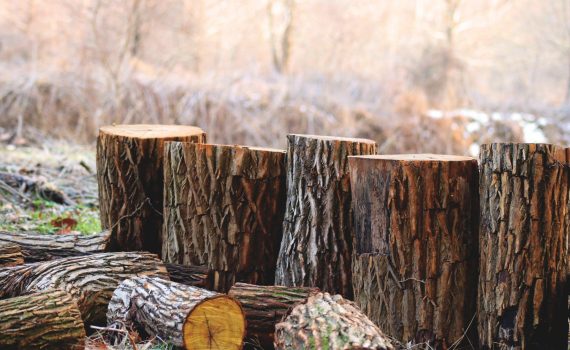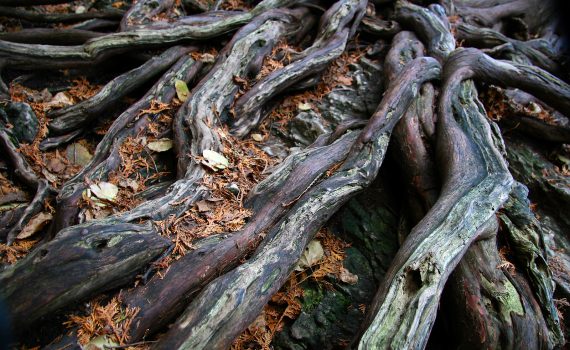Cutting down a loved tree is a hard decision, but sometimes an essential one. When a tree becomes a trouble or a safety hazard, whether due to its falling fruit, fragile wood, or disease, the best choice may be to cut it down. After a tree removal job, you may be speculating what happens to the tree’s roots after the tree is cut down. What about the stump?
Always consult a proficiently trained arborist to inspect your trees for damage and to help you decide the best solution for your landscape.
What happens to a tree’s roots after it’s cut down?
Once a tree is cut down, the trunk is broken off into mulch and hauled away or cut into smaller logs or blocks for extra purposes, but the roots stay in the ground. Without leaves, the cut tree cannot make food for the growth of its roots. However, the roots might have sufficient nutrients left to allow the development of sprouts from the roots or the leftover stump. If a sprout grows enough leaves, it can eventually grow back into a tree. If a tree doesn’t create root sprouts, then it’s doubtful it’ll re-grow. Instead, the roots will ultimately decompose.
Once your tree is cut down, you are left with the tree base. Now you have to make one more important decision—let it settle or get it removed.
Does a tree stump and its roots need to be removed?
It’s up to you whether to remove a tree stump from your yard or not. There are many reasons why it could benefit your landscape and property. Here are three things to think about when you make this decision:
1. Tree stumps can be hazardous
Stumps sticking out of the ground can spree children running around in your backyard, causing injury. Furthermore, yard work becomes harder, as you have to maintain the area around the stump, and avoid tree stumps and root areas while mowing your grass. If you don’t, you run the danger of ruining your lawnmower by running them over.
2. Tree stumps can ruin your aesthetic
Tree stumps scattered around a well-manicured lawn stand out like sore thumbs, ruining the aesthetic of your scenery. The aesthetic of your land, in turn, has a result on its real-estate value. A large number of tree stumps could force your property value down. Besides that, tree stumps take up a lot of valuable space in your yard. This space could be re-purposed into an outdoor porch or a space to entertain guests and hold family picnics.
3. Tree stumps can give access to pests and insects
Tree stumps are breathing systems that can be host to several pests and insects. During the long decomposition procedure stumps go through, they encourage insects like ants, termites, and beetles. These pests can increase to other plants in your lawn, or even your house, if not restricted properly.
If you have questions about tree removal in your yard, contact Sexy Trees, certified arborist.
 Bringing Sexy Back Into Your Yards
Bringing Sexy Back Into Your Yards 

